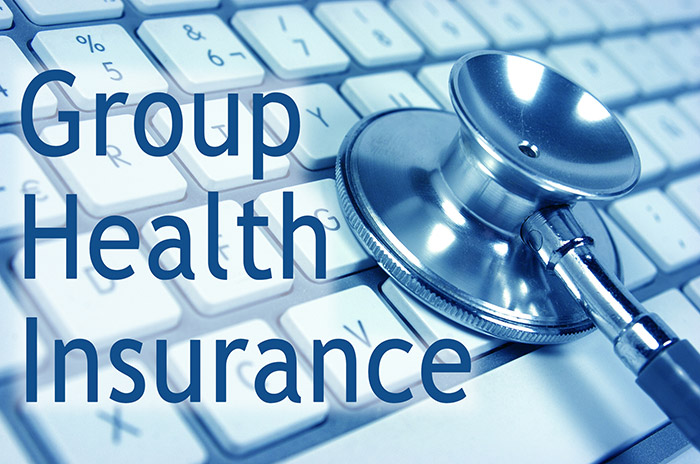The Of Pacific Prime
Table of ContentsThe Ultimate Guide To Pacific PrimeThe Pacific Prime IdeasThe Facts About Pacific Prime UncoveredThe Single Strategy To Use For Pacific Prime
In most states, the insurance firm is called for to send you a copy of the modifications to your policy. It is essential that you review Recommendations or Cyclists so you understand just how your plan has actually transformed and if the plan is still adequate to meet your demands. To acquire a copy of your insurance plan, please contact your insurance coverage representative or firm.
The Institute of Medication (IOM) Board on the Effects of Uninsurance launches an extended exam of proof that addresses the value of medical insurance coverage with the magazine of this record. Insurance coverage Issues is the initial in a collection of six reports that will be released over the following two years documenting the truth and effects of having actually an approximated 40 million individuals in the USA without health and wellness insurance coverage.

The 10-Minute Rule for Pacific Prime
The goal of this collection of studies is to refocus policy interest on a historical issue. Following the lengthiest financial growth in American history, in 1999, an approximated one out of every six Americans32 million grownups under the age of 65 and more than 10 million childrenremains without insurance (Mills, 2000).

10 percent of the populace make up 70 percent of healthcare expenditures, a connection that has remained continuous over the past three decades (Berk and Monheit, 2001) - international health insurance. Thus medical insurance proceeds to serve the function of spreading threat even as it increasingly finances regular care. From the viewpoint of health and wellness care suppliers, insurance policy brought by their patients assists safeguard an income stream, and neighborhoods gain from financially feasible and stable healthcare practitioners and institutions
Government gives wellness insurance to populaces whom the personal market might not offer effectively, such as handicapped and elderly individuals, and populaces whose access to healthcare is socially valued, such as youngsters and expecting females. The utmost ends of medical insurance protection for the private and areas, including office neighborhoods of staff members and employers, are boosted health and wellness end results and top quality of life.
The Ultimate Guide To Pacific Prime
Staff members rank medical insurance first by far in value amongst all the advantages offered in the workplace (Salisbury, 2001). Although there have been substantial financial investments of individual and public funds to give health insurance coverage, lots of people still have no protection. Regardless of extensive coverage of survey searchings for and healthcare study results, the public remains baffled and misinformed about Americans without health and wellness insurance policy and the ramifications of doing not have coverage.

Without doubt, the intricacy of American healthcare funding devices and the riches of resources of details include in the general public's confusion and apprehension concerning health insurance coverage statistics my sources and their analysis. This record and those that will certainly follow goal to distill and provide in readily reasonable terms the extensive research that bears upon inquiries of medical insurance coverage and its relevance.
Fifty-seven percent of Americans questioned in 1999 thought that those without health insurance coverage are "able to get the care they require from medical professionals and hospitals" (Blendon et al., 1999, p. 207). In 1993, when nationwide interest was concentrated on the problems of the without insurance and on pending healthcare regulations, just 43 percent of those surveyed held this belief (Blendon et al., 1999).

They also receive less precautionary services and are much less likely to have routine treatment for chronic problems such as high blood pressure and diabetic issues. Persistent diseases can result in costly and disabling issues if they are not well handled (Lurie et al., 1984; Lurie et al., 1986; Ayanian et al., 2000). One nationwide survey asked even more than 3,400 adults about 15 very major or dark conditions.
Some Known Details About Pacific Prime
Additional evidence exists later in this phase in the conversation of insurance coverage and access to healthcare. https://experiment.com/users/pacificpr1me. People without health insurance policy are young and healthy and choose to go without protection. Virtually fifty percent (43 percent) of those checked in 2000 believed that individuals without medical insurance are most likely to have health and wellness issues than people with insurance
Citizens and plan makers in emphasis group conversations define those without insurance policy as youngsters who have the opportunity to be covered and feel they do not need it (Porter Novelli, 2001). Contrasted to those with a minimum of some personal insurance coverage, the without insurance are much less likely to report being in superb or very good wellness (Company for Medical Care Study and High Quality, 2001).
SOURCE: Center for Cost and Funding Research Studies, Firm for Healthcare Research and High quality, based on MEPS data. Young person in between 19 and 34 are much extra likely to do not have medical insurance than any various other age team. This is mainly because they are less often eligible for employment-based insurance policy because of the nature of their work or their brief tenure in it.
The assumption that people without insurance coverage have better-than-average health complies with from perplexing the reasonably young age profile of the without insurance with the far better wellness, on average, of more youthful individuals. This obscures the web link between wellness standing and medical insurance. For those without access to workplace medical insurance, poor health and wellness is a potential barrier to buying nongroup protection because such coverage may be highly priced, omit preexisting conditions, or be just unavailable.